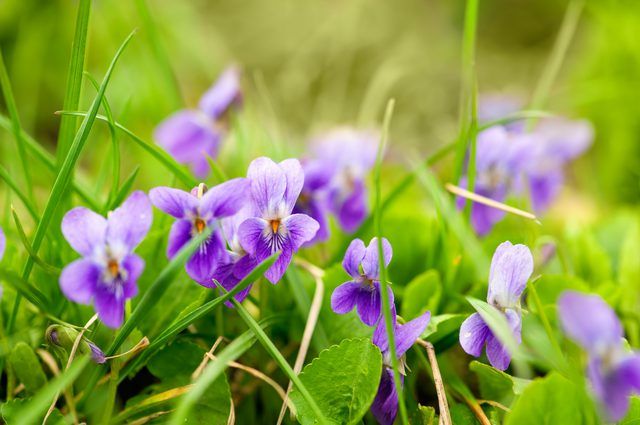Bulbs
Flower Basics
Flower Beds & Specialty Gardens
Flower Garden
Garden Furniture
Garden Gnomes
Garden Seeds
Garden Sheds
Garden Statues
Garden Tools & Supplies
Gardening Basics
Green & Organic
Groundcovers & Vines
Growing Annuals
Growing Basil
Growing Beans
Growing Berries
Growing Blueberries
Growing Cactus
Growing Corn
Growing Cotton
Growing Edibles
Growing Flowers
Growing Garlic
Growing Grapes
Growing Grass
Growing Herbs
Growing Jasmine
Growing Mint
Growing Mushrooms
Orchids
Growing Peanuts
Growing Perennials
Growing Plants
Growing Rosemary
Growing Roses
Growing Strawberries
Growing Sunflowers
Growing Thyme
Growing Tomatoes
Growing Tulips
Growing Vegetables
Herb Basics
Herb Garden
Indoor Growing
Landscaping Basics
Landscaping Patios
Landscaping Plants
Landscaping Shrubs
Landscaping Trees
Landscaping Walks & Pathways
Lawn Basics
Lawn Maintenance
Lawn Mowers
Lawn Ornaments
Lawn Planting
Lawn Tools
Outdoor Growing
Overall Landscape Planning
Pests, Weeds & Problems
Plant Basics
Rock Garden
Rose Garden
Shrubs
Soil
Specialty Gardens
Trees
Vegetable Garden
Yard Maintenance
Edible Violets
Sweet violets lend tender leaves and tasty flowers to numerous sweet or savory dishes. Grow them organically for safe and sweet additions to your menus.
The term "shrinking violet" must seem ironic to anyone with violets (Viola spp.) growing where their turfgrass should be. As bitter as that experience is, violets have their sweeter side. If you can't beat them, eat them. Violets -- especially sweet, or wood, violets (Viola odorata) -- have been harvested for their edible flowers and leaves since medieval times.

Sweet violet blooms in late winter or early spring and again when temperatures drop in fall. Use the flowers as garnishes or colorful additions to desserts. The plant's young leaves can be used as salad greens and the older leaves to flavor and thicken soups and stews.
Warning
Don't confuse African violet (Saintpaulia ionantha) with sweet violet, which grows as a perennial in U.S. Department of Agriculture plant hardiness zones 4 through 8. Although perennial, or hardy, in USDA zones 11 through 12, African violet is usually grown indoors. Neither African violet flowers nor leaves are edible.
Unless you're sure wild sweet violets are free of chemical
pesticides or weedkillers, ignore the temptation to harvest them. Growthem organically instead.
Growing Sweet Violets
Sweet violets started from seeds take many weeks to become large enough for a garden. For the earliest harvest, choose bare-root or starter plants from an organic nursery.
Sun and Soil
Sweet violets thrive with six or more hours of daily sun exposure in cool climates, and they benefit from afternoon shade where summers are hot. For their most vigorous growth and flowering, plant them in organically rich, moist, well-drained soil.
Working a 1/2-inch layer of organic compost into the soil before planting improves drainage and provides the violets with a slow, steady stream of nutrients. About 150 pounds of compost is needed to cover 10 square feet of soil with 1/2 inch of compost.
Fertilizer and Water
To encourage sweet violet plants have plenty of flowers and leaves, fertilize twice yearly in spring and fall. Use organic, slow-release, all-purpose, 5-3-3 fertilizer applied at its label's specified rate. One manufacturer suggests using 1 cup of fertilizer per plant. Sprinkle the fertilizer around the plant, and work the fertilizer lightly into the soil, avoiding harming roots.
Water the plants' soil often enough to keep the soil consistently moist.
Violet Violators
Sweet violets have only two serious pests. Remove leaf-munching slugs -- resembling snails without shells -- by hand, and drown them in soapy water. Eliminate tiny, sap-draining aphids from stems and leaves with a blast of water from a garden hose, or spray them with organic, ready-to-use insecticidal soap until all the plants' surfaces drip with the liquid. Repeat the treatment every two or three days, or at the insecticidal soap label's recommended intervals, until the aphids are gone.
Warning
Follow an insecticide label's instructions regarding protective clothing and the amount and frequency of the product's application.
Harvesting Flowers and Leaves
Time of the Harvest
As soon as the sweet violets have flower buds, visit the plants daily in early morning, and harvest the flowers as soon as they open. Early morning is when their sugar and oils peak, maximizing the flowers' sweetness.
Cut the stems with clean, sharp scissors well below the flowers so the petals don't bruise. Place the flowers in a shaded basket where they won't become overheated or crushed as you work.
Harvest sweet violets' young leaves any time with clean, sharp scissors. Leave only as much of their short stems as you need to handle them, and place the leaves in a shaded basket.
Tip
If necessary, sterilize the scissors before harvesting and between cuts in a solution of 1 part household bleach to 9 parts water, and then rinse the scissors with clean water. When finished, wipe them dry to prevent rusting.
Cleaning and Storage Methods
When you get them home, wash the harvested sweet violet flowers or leaves by dipping and swishing them gently in cool water. Lay them flat on paper towels to dry. Carefully remove the yellow, pollen-dusted anthers in the center of the flowers. The flowers produce very little pollen, but an allergic reaction is still possible.
After lining the base of hard-plastic containers with damp paper towels, snip all but 1/2 inch of each stem from the leaves and flowers. Holding them by stem stubs, place the flowers or leaves in single layers in the container,s and then keep them refrigerated. Remove the stem stubs before using the flowers or leaves in recipes.
Preserve the leaves for later use by drying them flat on screens and storing them in sealed jars or plastic bags in a cool, dark location.
Tip
With the exception of their pollen, sweet violet flowers are entirely edible, including the sepals that join the petals to the stems.
Interested in additional edible flowers? Check out our guide on Gardenia.